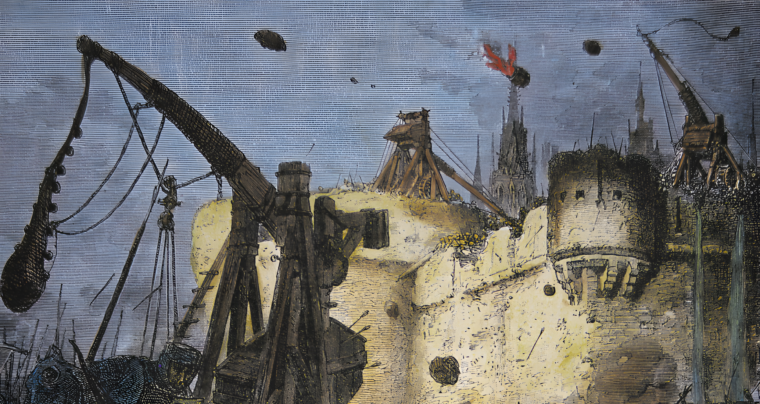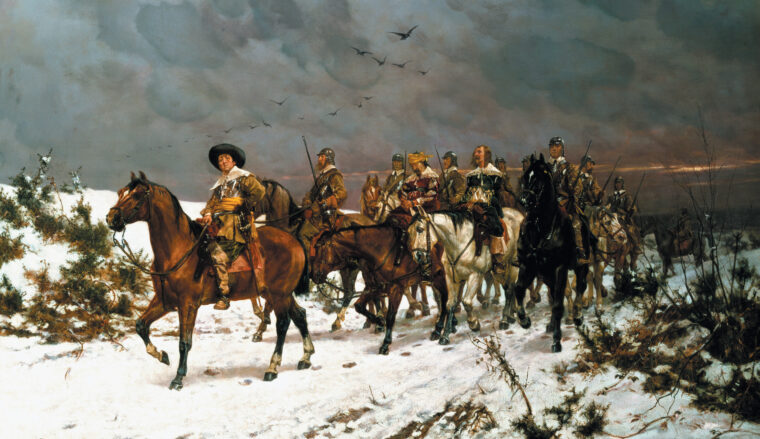
Military History
Arlington National Cemetery: A Nation’s Hallowed Ground
Millions of people travel to Washington, DC, to view famous icons of the United States. Mainly these are working institutions like the Congress and the White House or edifices such as the Lincoln and Jefferson Memorials. Read more























